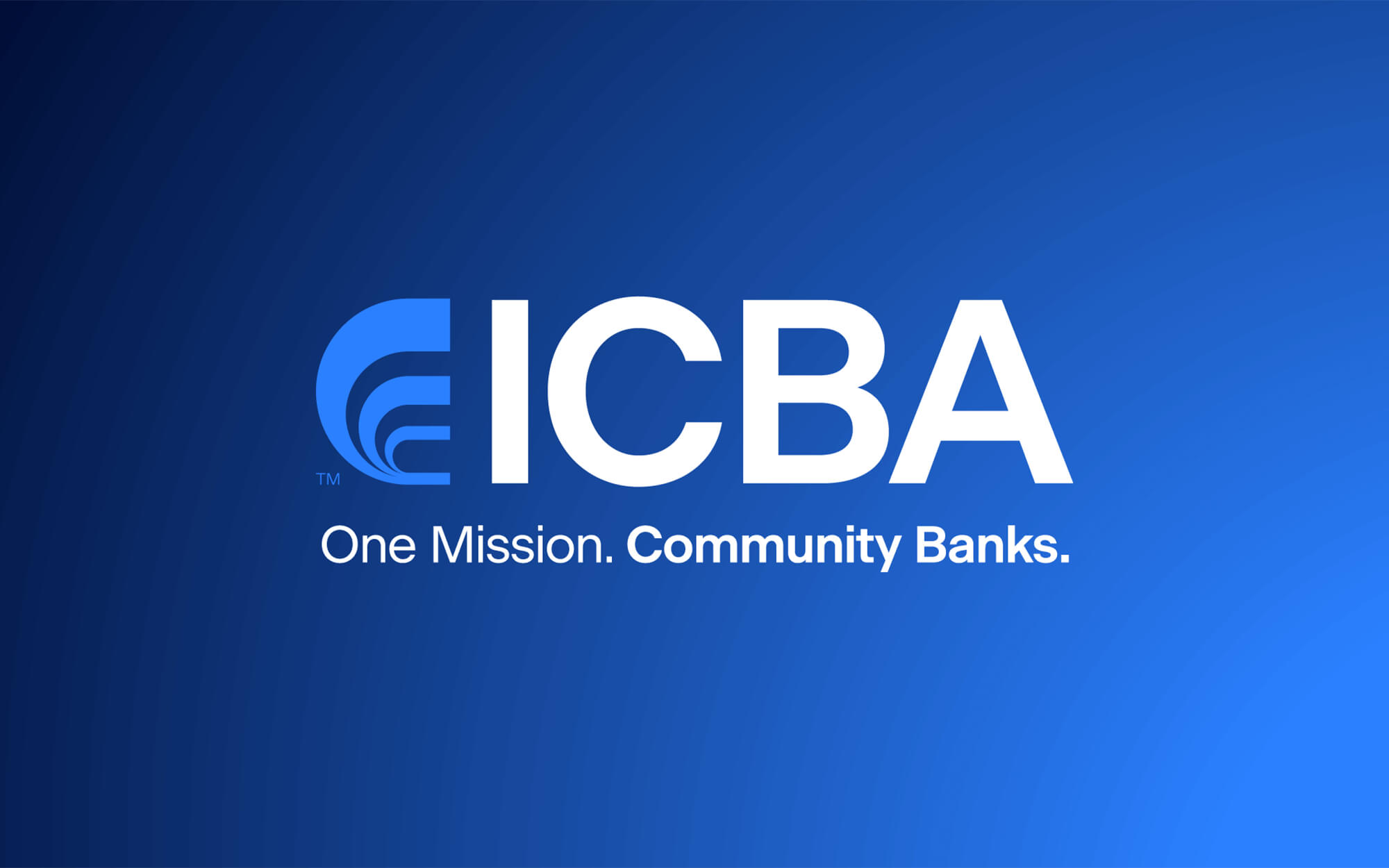The day has finally arrived, and your new website is live. What happens next? The following are a few ideas, and things to keep in mind for post-launch success—however you measure it.
Build on a strong foundation.
Every website is built on a digital platform, or Content Management System (CMS). Your CMS allows you to make updates to your website, so that it constantly evolves to meet the needs of your customers and your FI. The partner you use in building your website can help you select the right CMS—not just for your current needs, but with your FI’s five-year goals in mind.
You also need to have analytics in place, because at a basic level—and far beyond—analytics can tell you how your site is performing. Analytics tell you who is using your site, where they’re going, how long they’re staying. You’ll know which areas of your site are engaging, and which are confusing or not of interest. Analytics also help you measure the effectiveness of your marketing efforts.
Reintroduce yourself.
This is the time to put yourself out there, to reintroduce yourself: either as the classic brand you’ve always been, or with rebranding efforts that freshen and update your look and message. Digital campaigns, print, billboards and other channels are great ways to drive traffic to your new site. Scavenger hunts and giveaways are effective as well, and touting any new website features and functionality will generate engagement.
Always evolve.
A website with a steady stream of new, high-quality information is a site people go back to again and again. Providing relevant content for customers and future customers makes your site more useful—and more visible to search engines. Your analytics will help you understand who is engaging, and which demographics you could be serving better.
Technology builds relationships.
Personalization and Marketing automation are powerful tools to help you nurture and grow existing customer relationships. These tools enhance rather than replace the human touch of your brick-and-mortar branches.
Personalization creates an experience for each user based on location, life stage, and previous visits to your website: a customer who explored mortgages on your site, for example, could see a homepage slider promoting mortgage and HELOC products on their next visit.
Marketing automation performs marketing tasks based on information gathered from site visits, forms filled out, or online banking activity. A customer who visited the deposit accounts section of your site could later receive an eBlast promoting a special CD rate.
Keep these tools and more in mind when selecting a CMS. You might not be ready for them now, but three years down the road if you have the right CMS capabilities, you can move to the next steps.
And always remember…


